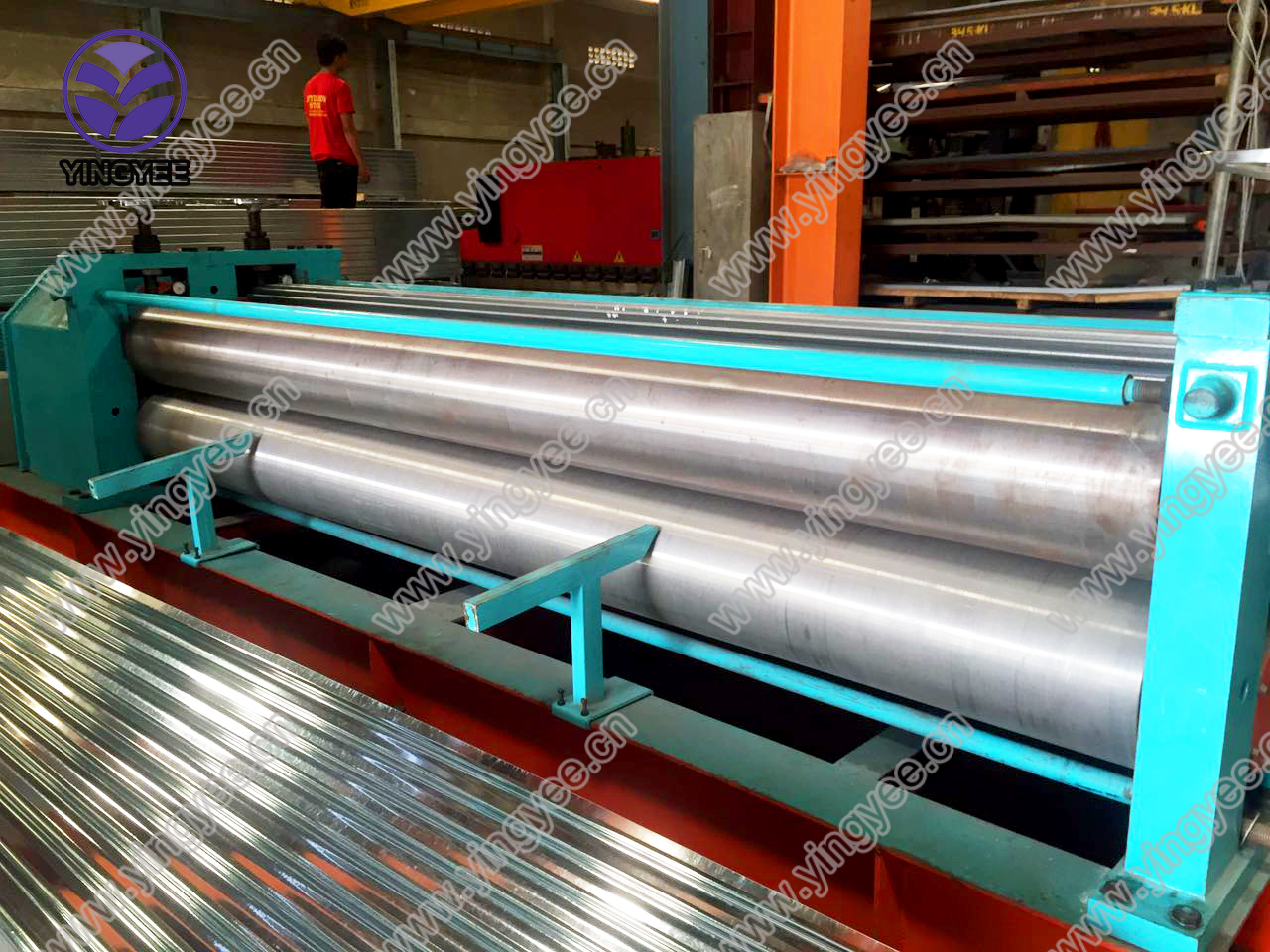
The Evolution and Benefits of Metal Roofing Sheet Roll Forming Machines
In the construction and manufacturing industries, the need for durable and efficient roofing solutions has led to the rise of metal roofing systems. Among the groundbreaking technologies employed in this domain is the metal roofing sheet roll forming machine. This innovative equipment has revolutionized how metal roofing materials are produced, providing versatility, efficiency, and quality.
Understanding Metal Roofing Sheet Roll Forming Machines
Metal roofing sheet roll forming machines are sophisticated pieces of machinery designed to convert flat metal sheets into pre-defined shapes and sizes suitable for roofing applications. The process involves feeding a continuous coil of metal, usually steel or aluminum, through a series of rollers that gradually shape the material into the desired profile. The end product is lightweight, durable, and highly resistant to various environmental factors such as corrosion, fire, and pests, making it a popular choice among builders and architects alike.
Advantages of Using Roll Forming Machines
1. Efficiency in Production One of the most significant benefits of using roll forming machines is their efficiency. These machines are capable of producing large quantities of metal sheets in a shorter time compared to traditional manufacturing methods. This efficiency not only reduces labor costs but also minimizes waste and enhances the overall production process.
2. Customization Options Roll forming machines offer remarkable customization capabilities. Manufacturers can easily adjust the machine settings to create different profiles, lengths, and thicknesses of metal sheets. This flexibility allows for tailored solutions that meet specific project requirements, which is particularly important in a market where design preferences vary greatly.

3. Quality and Consistency The automated nature of roll forming machines ensures that each metal sheet produced is of high quality and uniform thickness. This consistency is critical in roofing applications, as it contributes to the structural integrity and longevity of the roofing system. Moreover, advanced roll forming machines often incorporate technologies that monitor and control the production process, further enhancing product quality.
4. Reduced Labor Intensity The automation provided by roll forming machines reduces the need for manual labor in the shaping of metal sheets. This not only cuts down on labor costs but also increases safety in the workplace since fewer workers are exposed to potentially hazardous conditions associated with traditional metalworking processes.
5. Eco-Friendly Manufacturing As the world increasingly moves towards sustainable practices, metal roofing sheet roll forming machines present an eco-friendly solution. The efficiency of these machines leads to less energy consumption during production, while the use of recyclable materials such as aluminum and steel supports a circular economy. Moreover, the longevity of metal roofing materials means lower maintenance and replacement needs over time, further reducing environmental impact.
Conclusion
The advent of metal roofing sheet roll forming machines has significantly transformed the roofing industry, providing manufacturers with a powerful tool for producing high-quality, customizable roofing solutions. As the demand for energy-efficient and sustainable building materials continues to rise, these machines are poised to play an increasingly vital role in the construction sector. With their numerous advantages—efficiency, customization, quality, reduced labor requirements, and eco-friendliness—roll forming machines are not just a technological advancement; they are a fundamental part of the future of roofing solutions.
Overall, for businesses involved in roofing production, investing in metal roofing sheet roll forming machines is a strategic decision that can lead to greater competitiveness in the market, improved product offerings, and enhanced customer satisfaction. As technology continues to evolve, these machines will likely incorporate even more advanced features, aligning seamlessly with the future of sustainable construction and manufacturing practices.